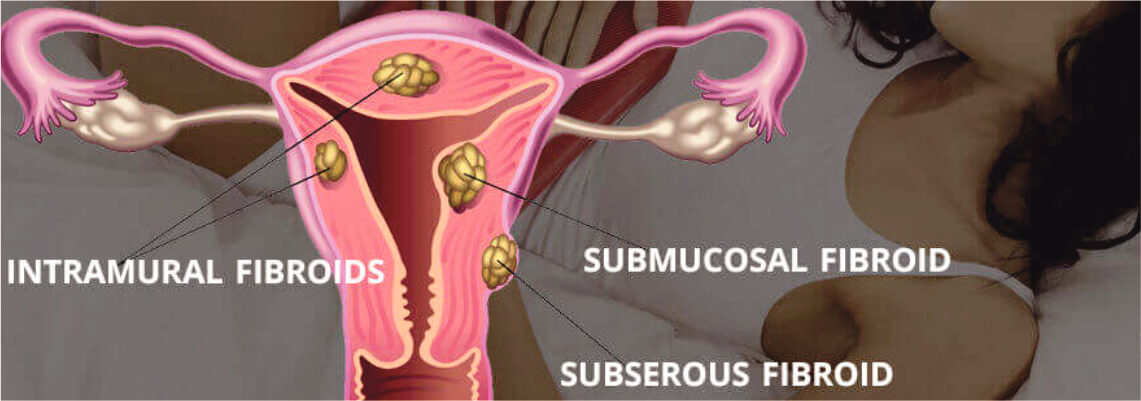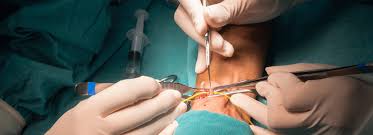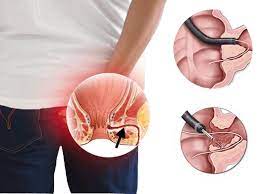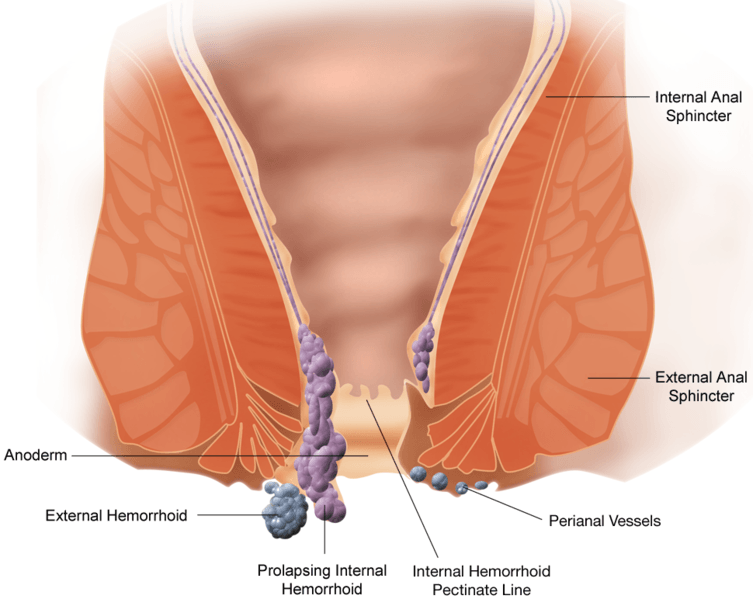Uterine Fibroid? Here's All You Need to Know About It

Fact: Myomas and leiomyomas are other names for uterine fibroids.
Uterine fibroids are developed from uterine muscle tissue noncancerous (non-malignant) growths. Fibroids contrast in size, shape, and place, and they have a stem-like structure attached to them or outside the uterus if they are inside the uterus. Only one fibroid or a multitude of varied sizes may be present in a woman's body. This benign growth might remain small for years, but then there is a high probability of it abruptly exploding in size or expanding steadily over the years.
What are the Causes of Uterine fibroids?
Some studies and clinical experience point to the following as possible causes of uterine fibroids:
- Changes in the genetic code or genetic alterations in many fibroids are distinct from those found in the normal uterine muscle cells.
- Hormones fertility promoting hormones oestrogen and progesterone, released during menstruation, may be linked to fibroids' growth.
- More oestrogen and progesterone receptors can be found in fibroids than normal uterine muscle cells. Due to a decrease in hormone production, fibroids tend to diminish after menopause.
- Other aspects contribute to the development of an organism. The development of fibroid tumours may be influenced by substances that aid in tissue maintenance, such as insulin-like growth factors.
- Matrix outside of the cells like a mortar between bricks, the ECM holds cells together. Fibroids become fibrous due to an increase in ECM. In addition to stowing growth stimuli, the ECM affects the cell's biology.
Classification of Fibroids
The main classification of fibroids is based on the location of the growth. Within the muscular uterine wall, intramural fibroids develop and mature throughout time. In the uterine cavity, submucosal fibroids protrude, while in the uterine cavity, subserosal fibroids swell.
What Are the Symptoms of Uterine fibroids?
Many women don't experience anything when it comes to uterine fibroids symptoms. The number, size, and fibroids in a woman's uterus can affect the symptoms. Most commonly, uterine fibroids cause the following symptoms in women who are experiencing them:
- Heavy menstrual blood
- Long menstrual cycles
- Pelvic pressure or discomfort
- Frequent urination
- Difficulty emptying the bladder
- Constipation
- Backache or leg aches
In rare cases, a fibroid that has outgrown its blood supply and has begun to die might produce intense discomfort.
What Is the Best Treatment for Fibroids?
A yearly pelvic exam is a valuable way to monitor the growth of uterine fibroids, although most individuals may not even require any treatment if there are no symptoms. Individuals can manage the discomfort in the same way as moderate menstrual cramps. Several drugs that change hormone levels may help decrease fibroids or control the bleeding and cramps accompanying them if you want to face your fibroids head-on. Treatment is only necessary in rare cases if your fibroids are big or causing substantial problems. Your therapy will be determined by various factors, including your age, desired fertility, number and size of fibroids, past fibroids treatment history, and other health issues you may be dealing with. Pelvinic provides its patients with a comprehensive examination and discussion of various treatment options tailored to their specific needs rather than restricting their choices. We offer fully-staffed gynaecology and laparoscopic surgery department for the early diagnosis and treatment of uterine fibroids.
Ultrasound TVS and Uterine fibroids
Ultrasound employs sound waves to get a clear view of the uterus. An ultrasound technician or doctor will use a piece of equipment called a transducer to glide across your belly during the procedure. A transvaginal ultrasound may be required to get more explicit pictures in some instances. Additionally, ultrasound pictures may be utilised to quantify and more precisely map fibroids, allowing for a more accurate diagnosis. TVS has a specificity of 99.6 per cent and a sensitivity of 89.2 per cent. The fibroid frequently significantly reduces the ultrasound beam's power when using conventional ultrasonography. Traditional ultrasound has limitations that real-time elastosonography doesn't have. It creates an immediate colour map that clearly shows where fibroids are located.
Laparoscopy and Uterine fibroids
Laparoscopy entails the use of small incisions made in or around the navel by the physician. The laparoscope is then inserted into the belly and pelvis by the doctor. A camera and intense light are included in the laparoscope giving the doctor a clear view of the uterus and its surroundings. To remove uterine fibroids, which are not malignant, laparoscopic fibroid ectomy is a minimally invasive treatment. Uterine fibroids may cause heavy menstrual flow, pelvic discomfort, and pressure on the bladder or intestines; however, the surgery can alleviate these symptoms.
Hysteroscopy and Uterine fibroids
The hysteroscopy surgeryis performed by a doctor using a long, thin tool equipped with a camera and light. The doctor inserted it into the uterus through the vagina and cervix. There's no need to cut. The doctor can check and remove the uterus fibroids or endometrial polyps using this method. Fibroids are surgically removed, but the uterus is left intact. Surgery does not result in the growth of new fibroids; however, the existing fibroids may reappear in other locations and may require more surgery if they do.
Hysterectomy and Uterine fibroids
The uterus is removed during a hysterectomy. Removing the ovaries is an option or not. A hysterectomy may be necessary when alternative therapies have failed or are not viable or the fibroids are large. It is essential to note that a woman can no longer bear children after a hysterectomy. No matter how large or small your fibroids are, Pelvinic’s Best gynaecologist in Delhi can treat them quickly and easily. Make an appointment right now and begin the process of reclaiming your life.



